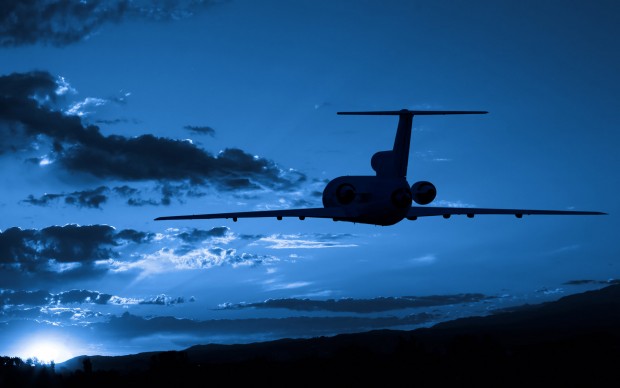Unpleasant experiences on a flight aren’t uncommon. It could be bad service by attendants, unruly passengers, people snoring, kicking your seat, among many other things.
For the passengers on an AirAsia flight, all of those would have been gladly taken if they were just able to get to their right destination.
The AirAsia flight back in March of 2015 was headed for Kuala Lumpur, and flew in the wrong direction after taking off from Sydney, because the pilot manually entered the coordinates of the plane’s position into the flight’s onboard navigation systems incorrectly, according to CNN. It’s like if you pick the wrong Five Guys on your Google Maps and then didn’t notice until you were a few hours out of your way. Except, obviously, worse.
More on the disastrous error, from CNN:
It was the first of several errors the flight crew made that day, according to the report (PDF) the Australian Transport Safety Bureau published Wednesday.
Faulty earmuffs prompted the captain and the first officer to swap their preflight duties. The captain usually conducts an external inspection, while the first officer remains in the cockpit to complete preparation procedures.
When manually entering the coordinates of the plane’s position, the pilot incorrectly entered the longitude from a sign outside the cockpit window as 01519.8 east (15 degrees 19.8 minutes east) instead of 15109.8 east (151 degrees 9.8 minutes east), the report said.“This resulted in a positional error in excess of 11,000 kilometers (6,835 miles), which adversely affected the aircraft’s navigation systems and some alerting systems,” the report said.
The crew had “a number of opportunities to identify and correct the error,” the report said, but didn’t notice the problem until after the plane became airborne and started tracking in the wrong direction. Several message alerts and sounds suggested the error before takeoff, but the crew ignored them, according to the report.
Once the captain and the first officer realized the mistake, they tried to fix the system. But it was too late.“Attempts to troubleshoot and rectify the problem resulted in further degradation of the navigation system, as well as to the aircraft’s flight guidance and flight control system,” the report said.
AirAsia told CNN that since then, all aircrafts have been equipped with upgraded flight management. After a few hours on the ground, the flight eventually made its way to Malaysia.
Hopefully this is something that none of us ever have to experience on a flight. It doesn’t sound like fun in the least.
[CNN]







